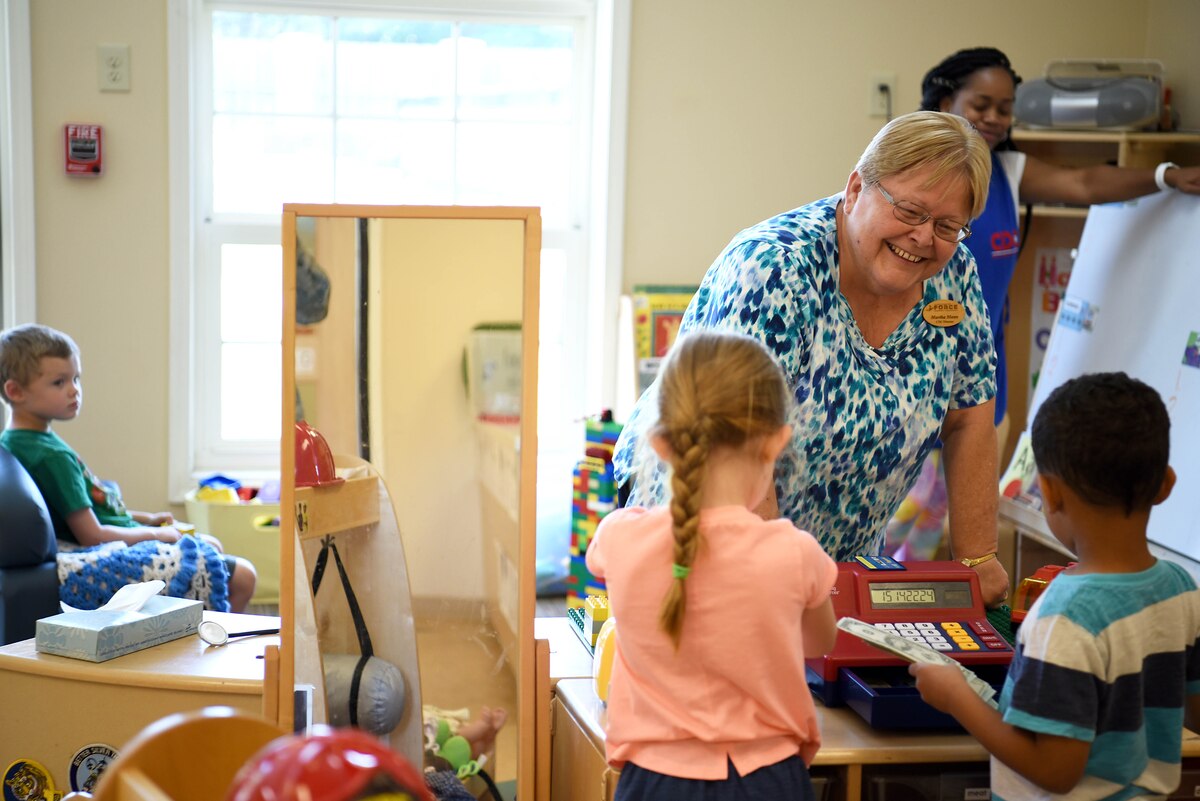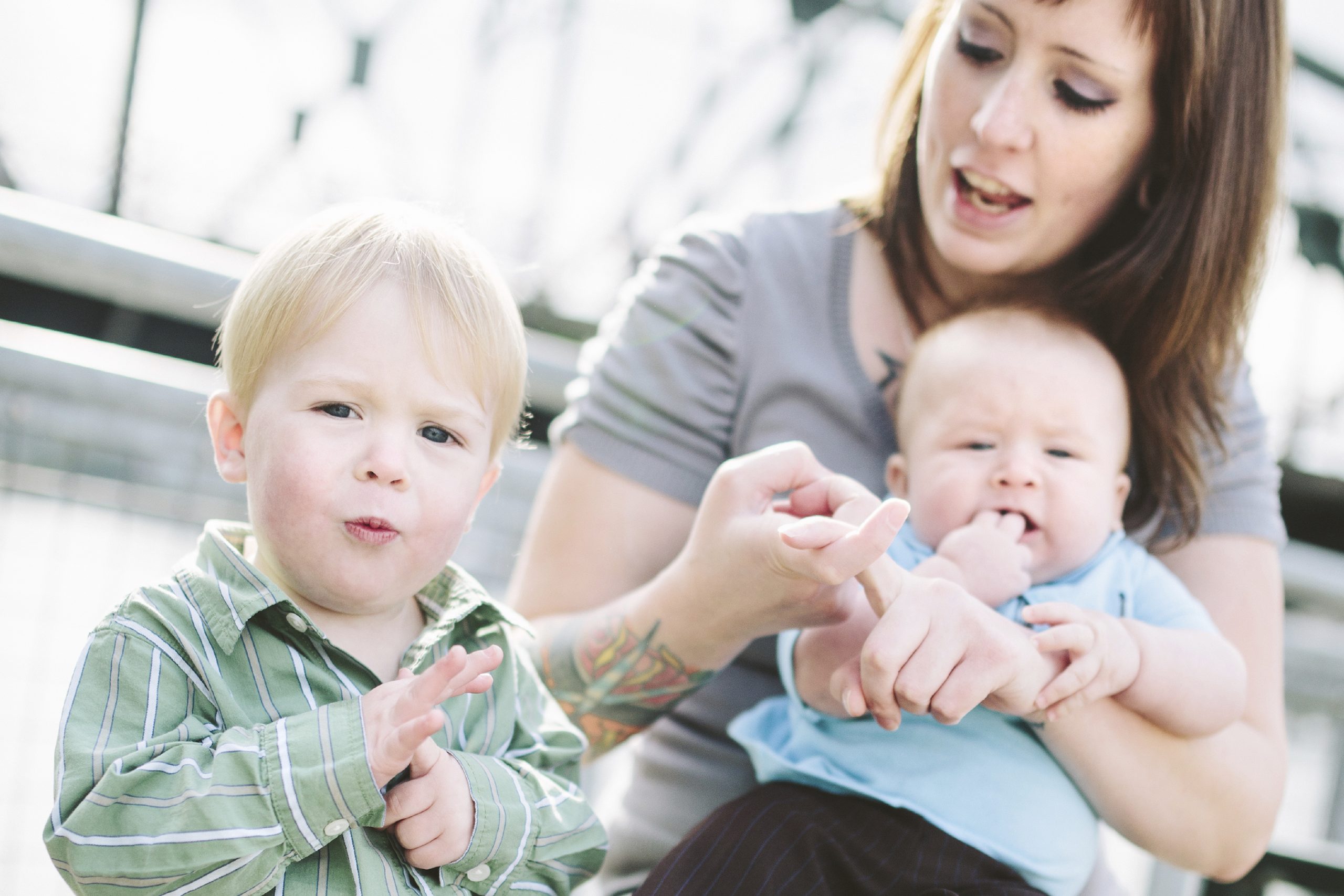Language development is a cornerstone in the educational journey of all students, but it takes on added significance in the realm of special education. This article explores the challenges and strategies involved in language development for students with diverse needs, emphasizing the importance of tailored approaches that bridge communication barriers and empower every learner.
Challenges in Language Development:
For students in special education, language development may present unique challenges. These challenges can stem from a range of factors, including neurodevelopmental disorders, speech and language impairments, or cognitive differences. Understanding and addressing these challenges are essential for creating inclusive learning environments where effective communication can flourish.

Individualized Language Plans:
Recognizing the diverse nature of language challenges, special education adopts an individualized approach to language development. Individualized Language Plans (ILPs) are crafted to address the specific needs of each student. These plans outline goals, strategies, and interventions tailored to support the development of expressive and receptive language skills.
Augmentative and Alternative Communication (AAC):
For students facing challenges in verbal communication, Augmentative and Alternative Communication (AAC) methods become crucial. AAC includes tools such as picture symbols, sign language, communication boards, and speech-generating devices. These aids empower students to express themselves effectively, breaking down communication barriers and fostering engagement in learning.
Speech and Language Therapy:
Speech and language therapists play a pivotal role in special education, offering targeted interventions to enhance communication skills. Through individual or group sessions, therapists work on articulation, vocabulary building, and social communication, addressing both expressive and receptive language components.
Multisensory Approaches:
Special education employs multisensory approaches to language development, recognizing that students may have diverse learning styles. By incorporating visual aids, hands-on activities, and interactive experiences, educators provide a rich and varied language-learning environment that caters to the unique needs of each student.
Social Communication Skills:
Language development extends beyond verbal proficiency to encompass social communication skills. Special education emphasizes the explicit teaching of pragmatic language, including turn-taking, initiating and maintaining conversations, and understanding non-verbal cues. These skills are vital for meaningful social interactions within and beyond the classroom.
Inclusive Classroom Practices:
Inclusive classroom practices create an environment where language development is nurtured among all students. Educators foster a culture of acceptance, encouraging peer support and collaboration. This inclusive approach breaks down communication barriers, promotes empathy, and creates a sense of belonging for students with diverse language abilities.
Family Involvement:

Language development is a collaborative effort that extends beyond the classroom to include families. Special education encourages family involvement through regular communication, workshops, and training sessions. Empowering families with tools and strategies enhances the consistency of language support across various settings.
Celebrating Progress:
In the journey of language development, celebrating progress is paramount. Special education acknowledges and applauds each milestone achieved by students, reinforcing a positive attitude towards language learning. Recognizing and valuing the progress made, no matter how small, contributes to building confidence and motivation.
Conclusion:
In conclusion, language development in special education is a dynamic and nuanced process that requires tailored approaches, inclusive practices, and collaborative efforts. By adopting individualized plans, incorporating AAC methods, leveraging speech and language therapy, embracing multisensory approaches, fostering social communication skills, promoting inclusive classrooms, involving families, and celebrating progress, special education creates an environment where language becomes a bridge, transcending barriers and empowering every student on their unique learning journey.






